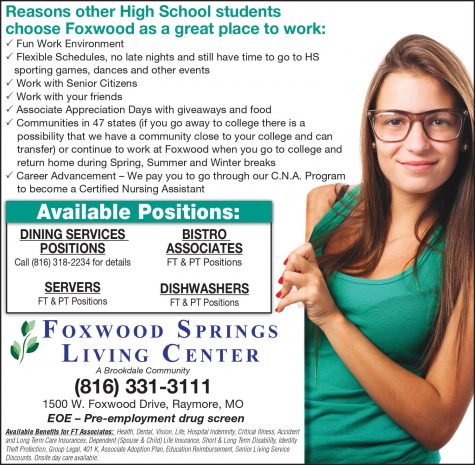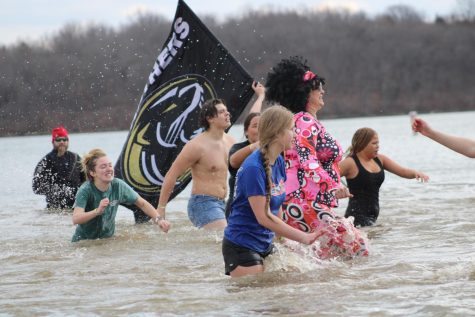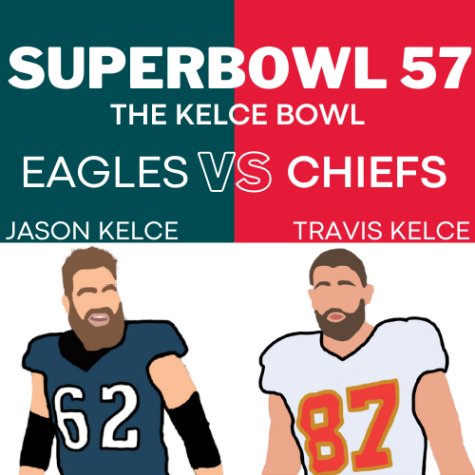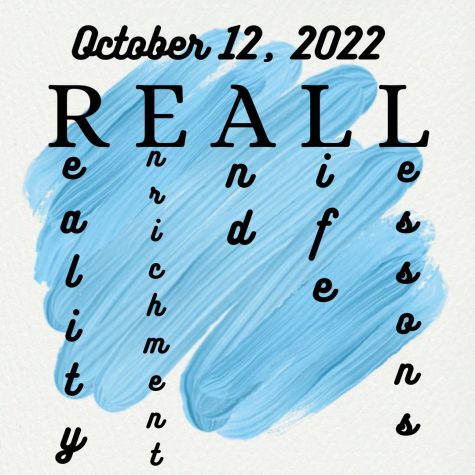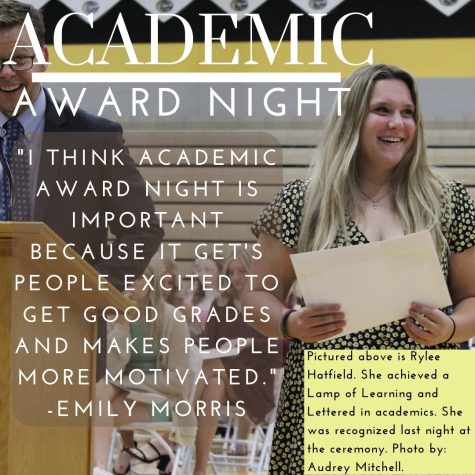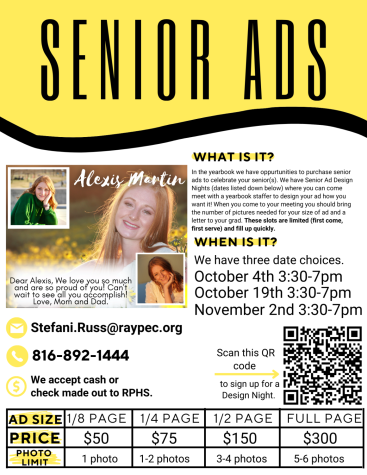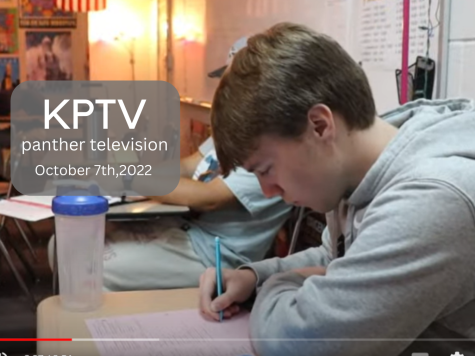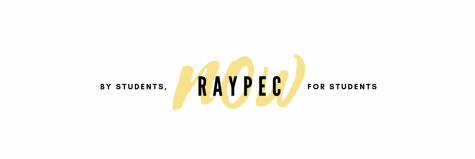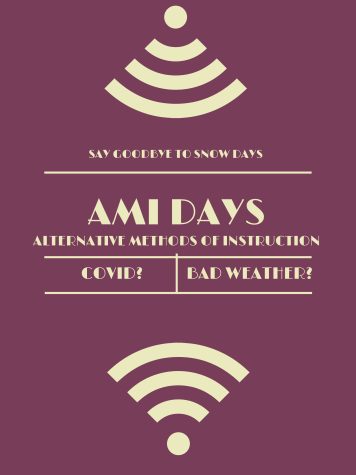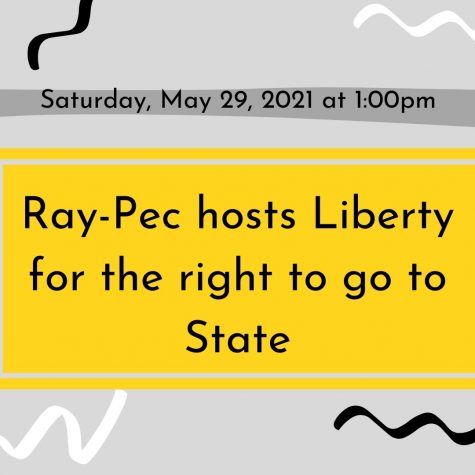Sugary schools
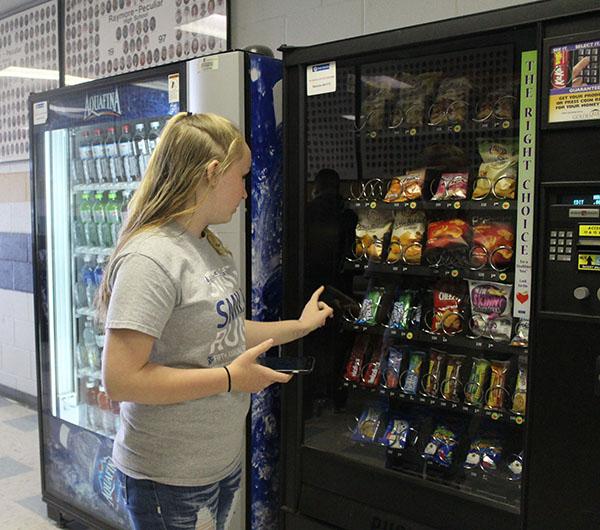
April 25, 2016
The sweet sensation and rush that comes in the form of snacks and soft drinks is no longer allowed to be sold at school. Michelle Obama put in effect a ban on all junk food and sugary drinks at public schools. Her guidelines said that sugary snacks and drinks can not be distributed and can not be marketed throughout the school.
After Michelle Obama’s ban on junk food at school, districts nationwide have had to change everything they sell in their vending machines, concession stands, and cafeteria. This has made students and educators upset. Students no longer get the snacks and drinks they crave, and it has become more challenging for educators to come up with ways to provide funds.
“Well, nobody will buy the food and drinks…. all the kids will be unhappy ‘because we wanted good food. So now you’re broke and unhappy. That’s not a good combination,” said freshman Sydney Dosch.
Before when someone at school was hungry and did not have anything to eat, they could go to the nearest vending machine. They would use their money to buy the food or drink of their choice, and the sugar was theirs. Everyone can still go and buy food and drinks, but it is not usually what they are craving. The money used to buy the products, is in turn helping fund activities for the school. Now that all “unhealthy foods” have all been replaced with healthier options, students and educators are less appealed to the contents that the snacks and drinks possess. Which means the school is making less money to help supply the finances for the specific thing the money was raised for. Schools can still raise money by selling healthy options or sporting clothes, but people are just less appealed to those things than they are sugary foods.
Thankfully though, the school was able to continue selling the treats just not during school hours. They can be sold before or after school. This is so that it follows Michelle Obama’s junk food guidelines, making students healthier. The school is able to sell the junk food and make money, and students and educators get their tasty treat.
“You can’t sell from the start of school ‘till the end of school, but outside of the school day you can,” said athletic and activities director Tom Kruse.
While it may be more nutritious for the consumer, they can just as easily get the same sweets from outside of the school. Anyone can still bring this to school, and share it with their friends. The ban only ended sales at the school, but did not end the consumption of the junk foods at school.
Also, students will need a healthy balance of good and bad food. It is just all about moderation.
“I think there should just be a happy medium. You can have a couple of those choices, but more of the other,” said health teacher Kim Kruse.
Schools should keep selling sugary snacks and drinks at school. They make money off of the sales, and everyone has access to it one way or another. Maybe though, they should sell a little less then they use to. That way the school is happily raising funds, anyone who wants the snack can have it, and Michelle Obama still has limited the calorie intake for students in America. It is a win win if the school was to sell junk foods, but a limited amount.



